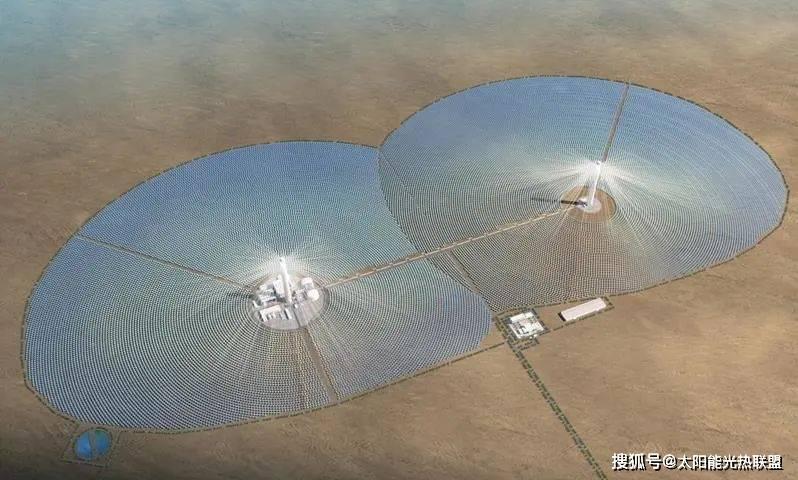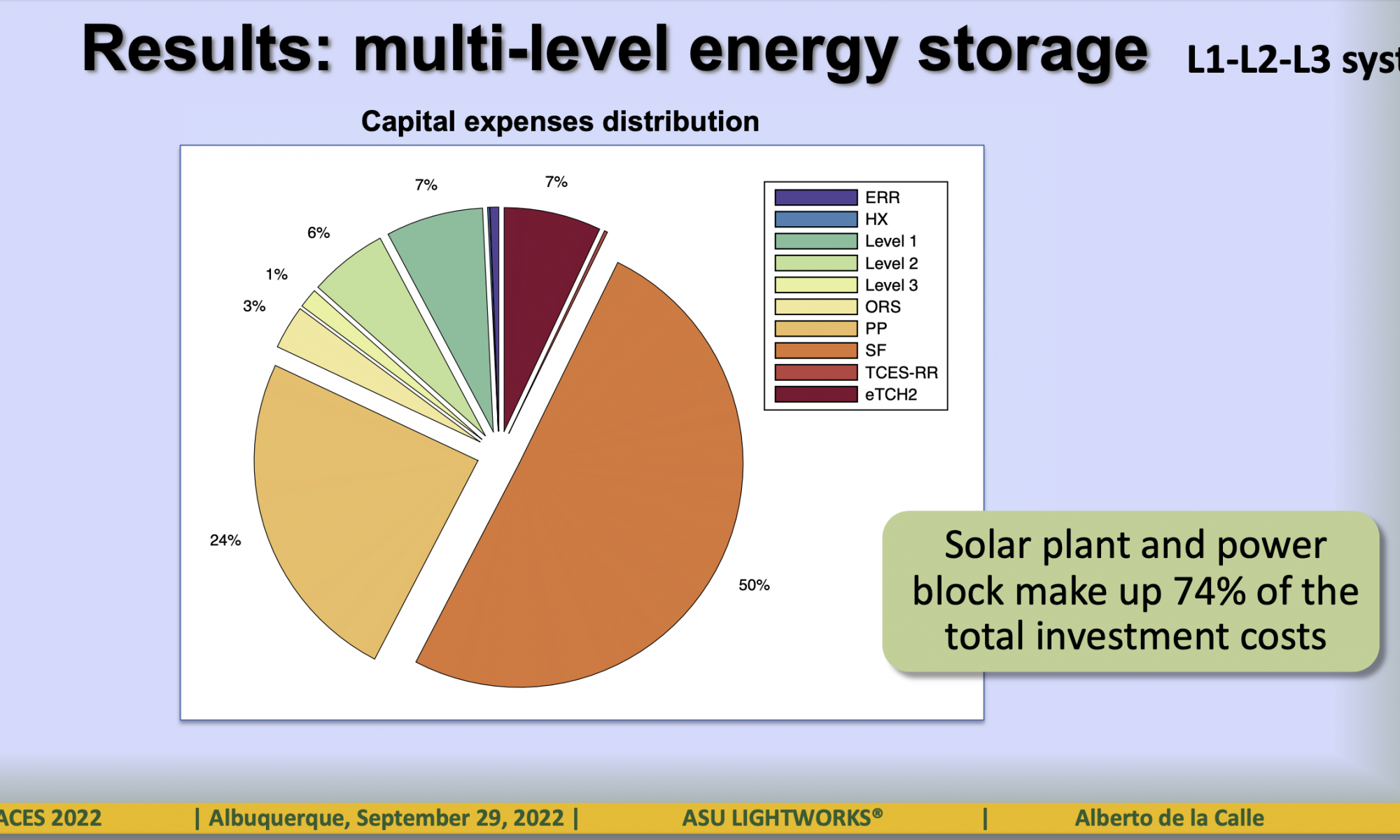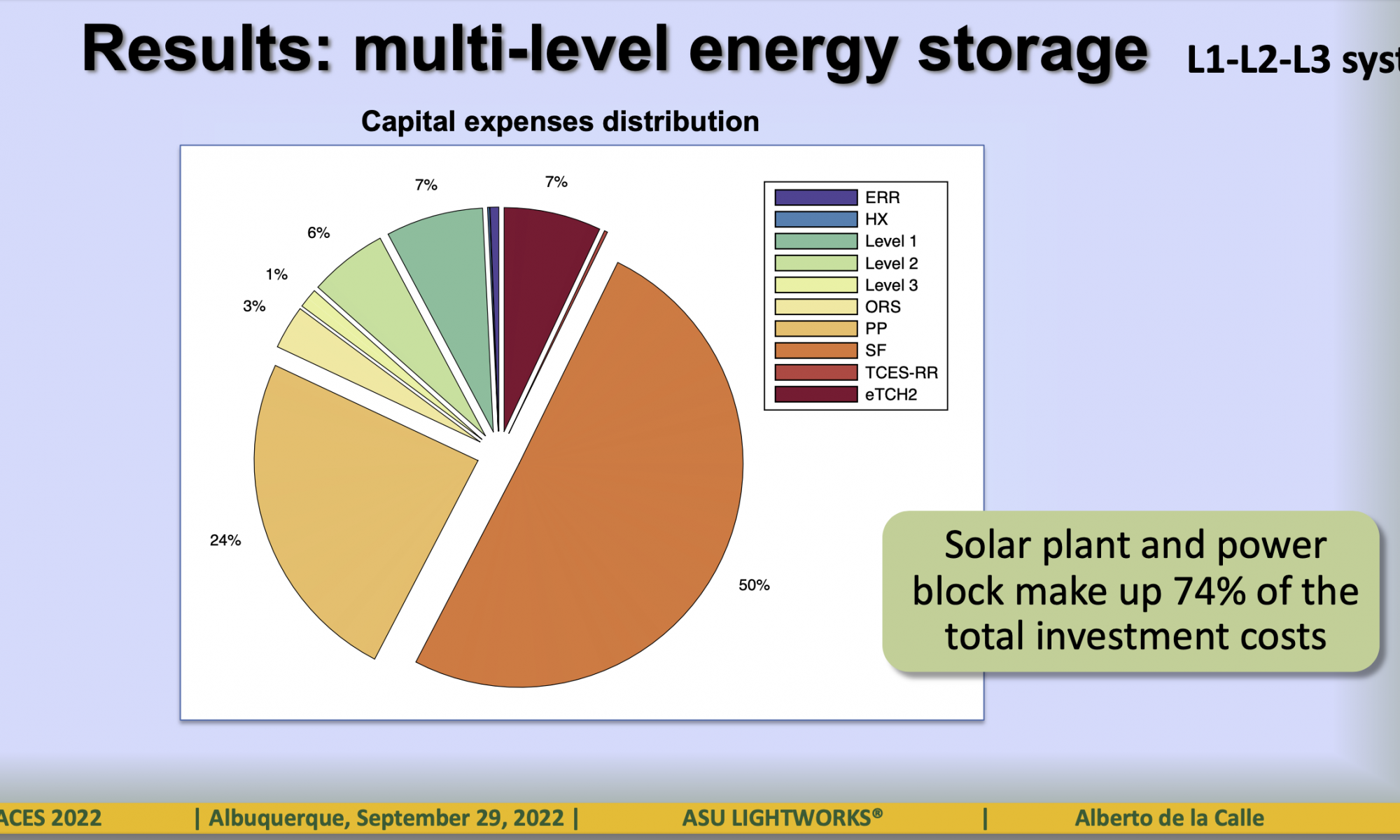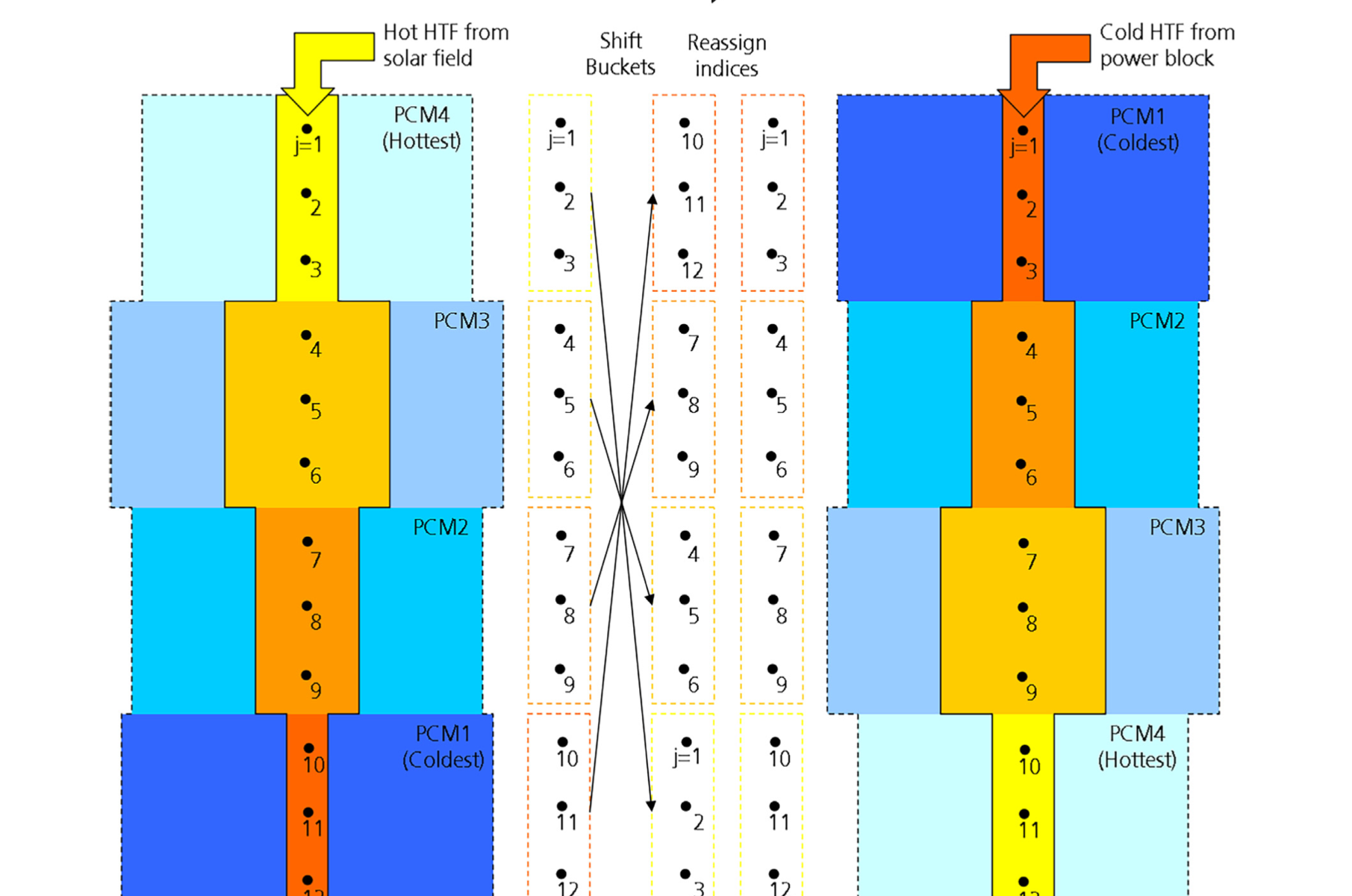One of the new CSP projects being built by Three Gorges Renewables is a novel dual-tower design at Guazhou, in Gansu Province: Construction images below Three Gorges Renewables (of Three Gorges Dam hydropower fame) is building a novel configuration for one of the three new CSP projects it is building in China, this one at …
Continue reading “Three Gorges’ new Chinese CSP project trials a double solar field”











